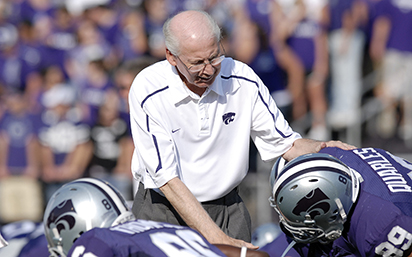
Thank you, Coach Snyder - the Alumni Association looks back
Thirty years ago, not everyone in the world of college football believed that the
Kansas State Wildcats were ready for a comeback.
But Bill Snyder did.
When Snyder was hired by Kansas State University in November 1988, the K-State football
team had not won a game since October 1986 and had a 299-510 record overall. However,
what Coach Snyder saw was potential, possibility and opportunity.
By now, almost every Wildcat football fan knows Snyder’s “greatest turnaround” quote,
but at that now-famous 1988 press conference, the concept was still just a glimmer
of hope.
“It’s a tremendous challenge here,” he said. “And I think [that] the opportunity for the greatest turnaround in college football exists
here today, and it’s not one to be taken lightly.”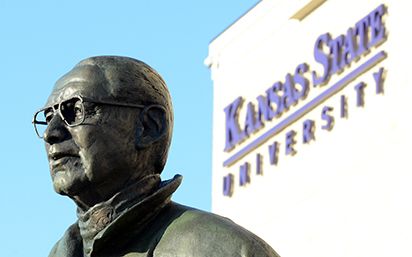 Snyder certainly did not take that challenge lightly, and he ended up accomplishing
exactly what he said he would. And Kansas State University would never be the same.
Snyder certainly did not take that challenge lightly, and he ended up accomplishing
exactly what he said he would. And Kansas State University would never be the same.
Snyder is the winningest coach in K-State football history, with a 215-117-1 record
overall. Although he has now retired as head football coach, he will transition to
a special ambassador role for the university.
“He came here, and stayed here, because of the people,” K-State president Richard
Myers ’65 said. “He made us a family — a proud purple family who travel in record
numbers to watch him lead the Wildcats to victories, bowls and rankings never achieved
before. Coach Snyder has always taken the time and care to turn his players into college
graduates, community leaders, successful businessmen and leaders of strong families.
Bill Snyder is a legend, and his legacy is one that K-Staters for generations will
value and cherish.”
Expect to win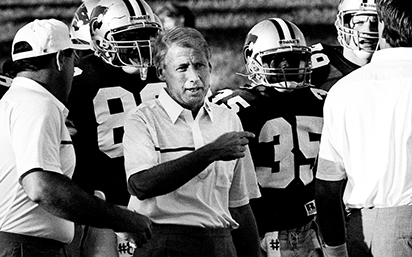 Snyder came to K-State after serving as offensive coordinator, quarterback coach and
receiver coach at the University of Iowa.
Snyder came to K-State after serving as offensive coordinator, quarterback coach and
receiver coach at the University of Iowa.
The February 1989 issue of the Alumni Association’s K-Stater magazine says Snyder was originally attracted to K-State because of the similarity
between the university and his past coaching experiences.
“I’ve met the same kind of people at K-State that we met when we came to Iowa,” he
said. “They’re tremendously caring and very concerned. The time seems right at K-State.”
This certainly wasn’t the last time Snyder appeared in the K-Stater, as his accomplishments continued to make headlines.
You could fill pages and pages with stats from Snyder’s tenure as coach — he led K-State
to 19 of the school’s 21 bowl appearances, won two conference titles, achieved two
No. 1 national rankings and was inducted into the College Football Hall of Fame.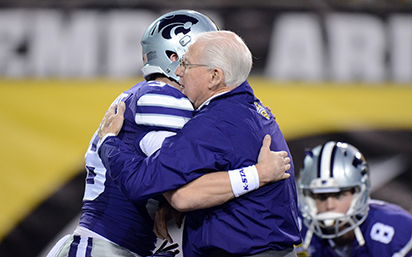 However, Snyder’s legacy impacted more than just the football field. His 16 Goals
for Success — including principles like commitment, unity and self-discipline — provided
a code to live by for many K-Staters. He also inspired a university and community-wide
revitalization, that included K-State’s enrollment jumping from about 18,000 when
he was hired to a record of more than 24,000.
However, Snyder’s legacy impacted more than just the football field. His 16 Goals
for Success — including principles like commitment, unity and self-discipline — provided
a code to live by for many K-Staters. He also inspired a university and community-wide
revitalization, that included K-State’s enrollment jumping from about 18,000 when
he was hired to a record of more than 24,000.
“Coach, thank you!” former player Collin Klein ’11 tweeted after Snyder’s retirement
announcement. Klein is now a quarterbacks coach for K-State. “Beyond the lessons,
speeches and schematics, watching you live your life daily has been the ultimate privilege.
The respect, discipline, attention to detail and caring leadership with how you lived
is inspiring. Will always be in your debt!”
“The impact of his time here will never be forgotten,” Amy Button Renz ’76, ’86, president
and CEO of the K-State Alumni Association, wrote in a letter to alumni and friends.
“His core principles and ideals exemplify the very best of K-State, and his personal
touch has reached thousands of members of the Wildcat family, and even other universities.”
From the entire Wildcat community: thank you, Coach Snyder. Because of you, we’ll
never give up, and we’ll never stop expecting to win.
— Special thanks to K-State Athletics for supplying information for this article.

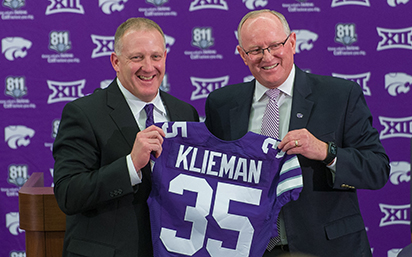
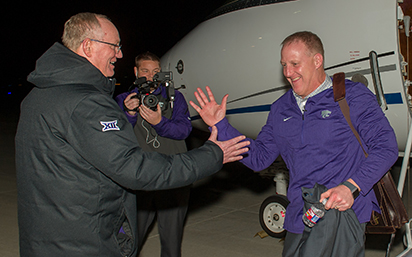 Coach Klieman has a catchphrase that is already catching on at K-State and is getting
fans and players talking: win the dang day.
Coach Klieman has a catchphrase that is already catching on at K-State and is getting
fans and players talking: win the dang day.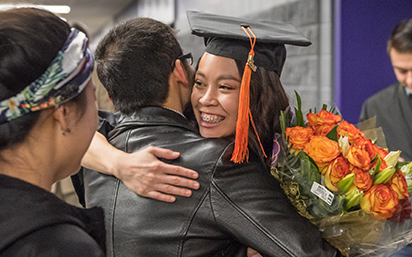
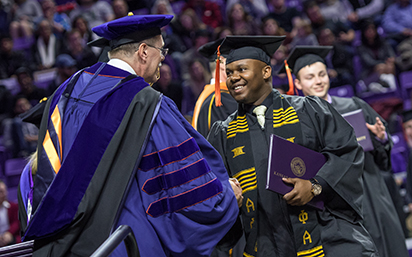 To understand the evolution of the modern-day graduation gown, we have to travel all
the way back in time to the medieval period.
To understand the evolution of the modern-day graduation gown, we have to travel all
the way back in time to the medieval period.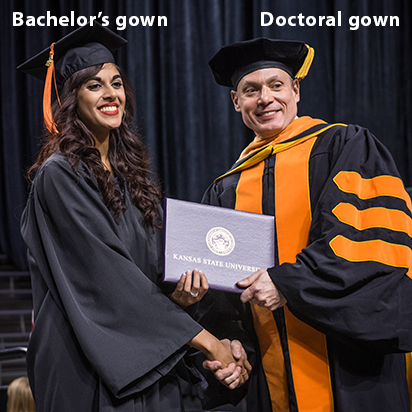 Now that you know a little about where graduation gowns come from, why do they look
different?
Now that you know a little about where graduation gowns come from, why do they look
different?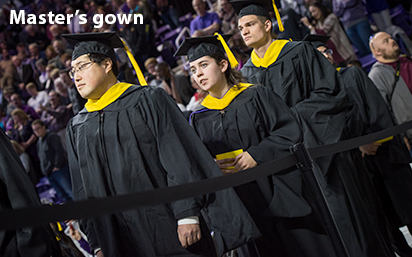 A master’s gown has what are known as “closed sleeves” with a hole for the arm to
go through and fabric hanging down.
A master’s gown has what are known as “closed sleeves” with a hole for the arm to
go through and fabric hanging down.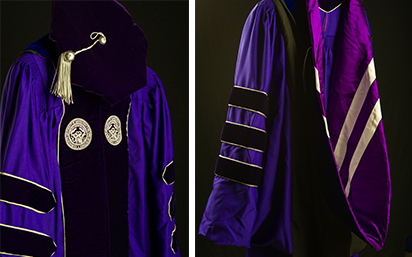 Ultimately, Wolgast said academic gowns serve as a symbol of pride for the graduate.
Ultimately, Wolgast said academic gowns serve as a symbol of pride for the graduate.
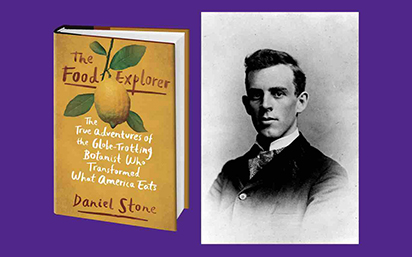 In his introduction to The Food Explorer, author Daniel Stone writes that he came upon Fairchild’s story while doing research
work for National Geographic. He wondered how certain crops were domesticated and brought to America, and he discovered
the story of a young botanist named David Fairchild.
In his introduction to The Food Explorer, author Daniel Stone writes that he came upon Fairchild’s story while doing research
work for National Geographic. He wondered how certain crops were domesticated and brought to America, and he discovered
the story of a young botanist named David Fairchild.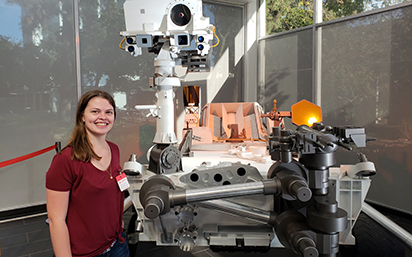
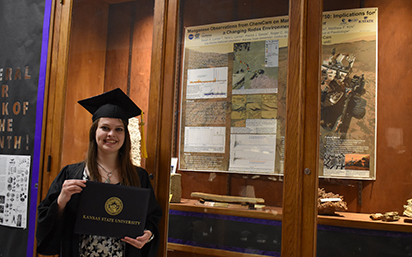 Lamm said that when she was originally looking at colleges, she narrowed it down to
either K-State or KU. After visiting the two schools and meeting with faculty members,
she decided on K-State.
Lamm said that when she was originally looking at colleges, she narrowed it down to
either K-State or KU. After visiting the two schools and meeting with faculty members,
she decided on K-State. Lamm said one of her favorite parts of working with Curiosity is being involved with
operations.
Lamm said one of her favorite parts of working with Curiosity is being involved with
operations.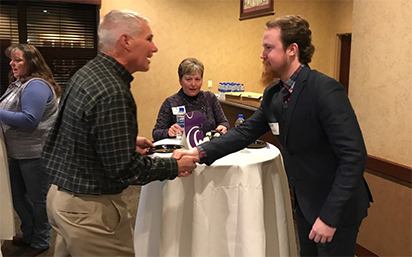
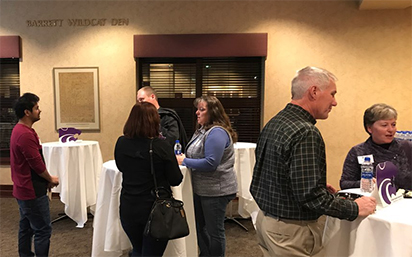 Sue Simmons ’89, a retired civilian employee with the U.S. Army in human resources,
said she had a fun experience chatting with students.
Sue Simmons ’89, a retired civilian employee with the U.S. Army in human resources,
said she had a fun experience chatting with students.
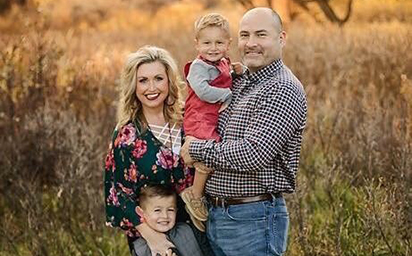 Campos sees the lessons she learned at K-State as a key part of her business’s success.
Campos sees the lessons she learned at K-State as a key part of her business’s success.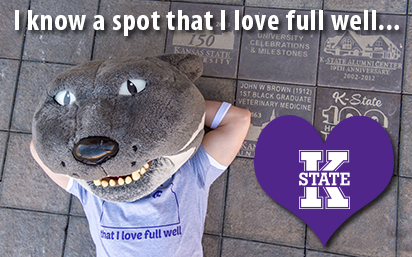
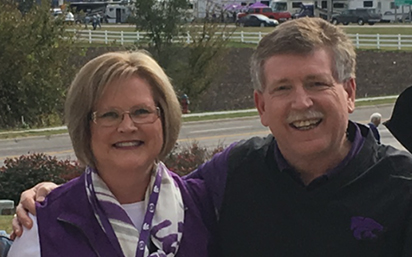
 For nearly three decades, Hale Library has been the heart and soul of Kansas State
University’s Manhattan campus. But in that time, the purpose of a public research
university library has evolved to become a hub where all forms of learning and outreach
can occur. In order to continue to provide K-State students, faculty and staff with
the state-of-the-art facility and resources required to excel, Hale Library will undergo
a transformation.
For nearly three decades, Hale Library has been the heart and soul of Kansas State
University’s Manhattan campus. But in that time, the purpose of a public research
university library has evolved to become a hub where all forms of learning and outreach
can occur. In order to continue to provide K-State students, faculty and staff with
the state-of-the-art facility and resources required to excel, Hale Library will undergo
a transformation.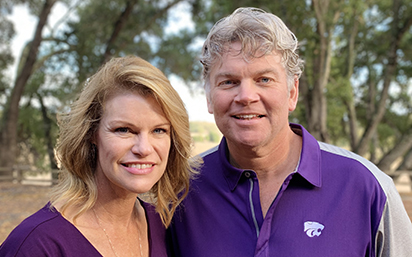
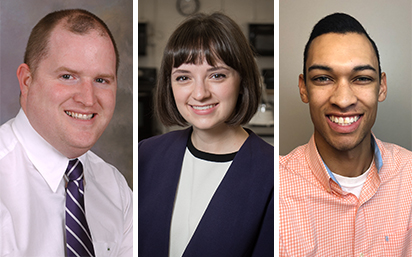
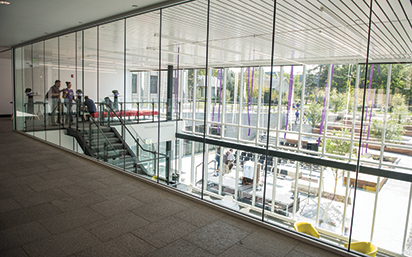


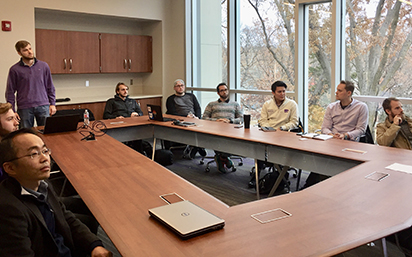
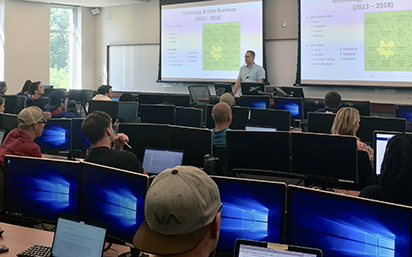 Some of the key findings from the project include:
Some of the key findings from the project include: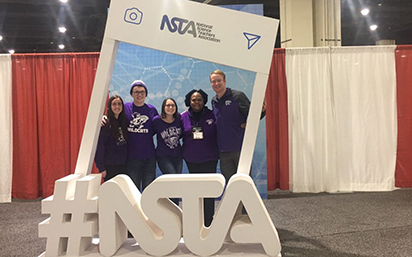
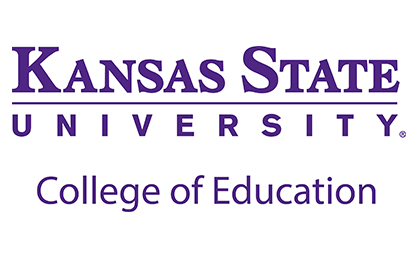
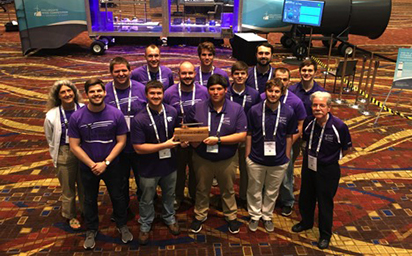
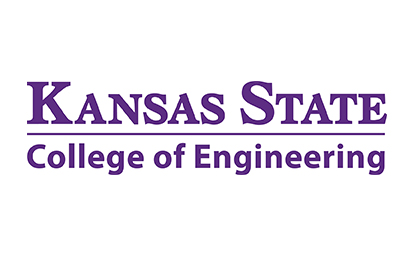
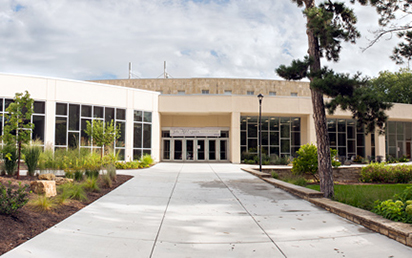
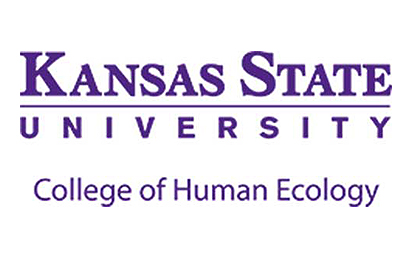
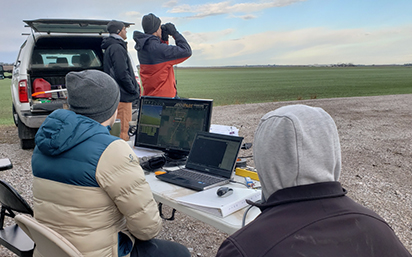
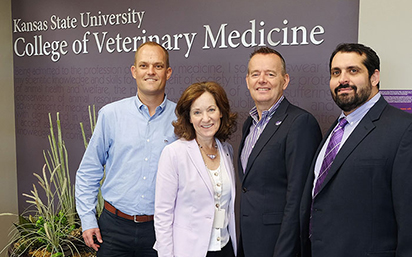
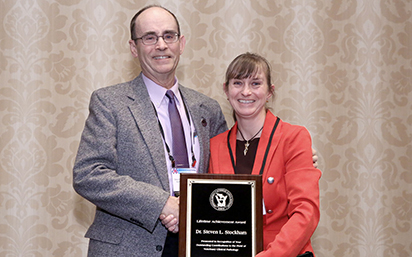

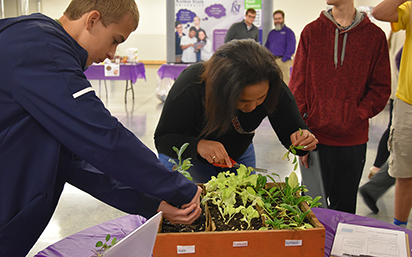
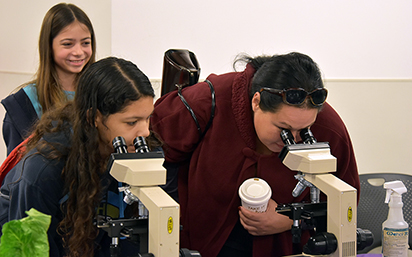 At the start of the contest, student teams were given seeds for the spinach, kale
and lettuce plants. Each team determined what type of container and growing medium
to use. Teams also decided what fertilizer — if any — to use, and selected the watering
schedule, lighting and temperature that would produce the best growth. Students documented
their efforts throughout the project.
At the start of the contest, student teams were given seeds for the spinach, kale
and lettuce plants. Each team determined what type of container and growing medium
to use. Teams also decided what fertilizer — if any — to use, and selected the watering
schedule, lighting and temperature that would produce the best growth. Students documented
their efforts throughout the project.